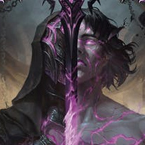If you're new to Flesh and Blood- but not TCGs in general- you may have noticed a unique exchange that goes on around decklists. "Got a decklist?" is often followed up by "Got a sideboard guide?" This can even be seen in the extreme, with a decklist being labeled as 'useless' without the sideboard being noted.
Sideboarding is an essential element of FAB, and it's a topic worthy of in-depth discussion; but most conversations surrounding sideboarding remain fairly high-level, leaving the topic unapproachable for casual or beginning players. Here, I hope to lower the bar for entry into the subject.
Why Does Sideboarding Matter?
To put it quite frankly, the game is balanced around the notion that you can modify your deck- to a limited degree- after you've seen which hero you're facing.
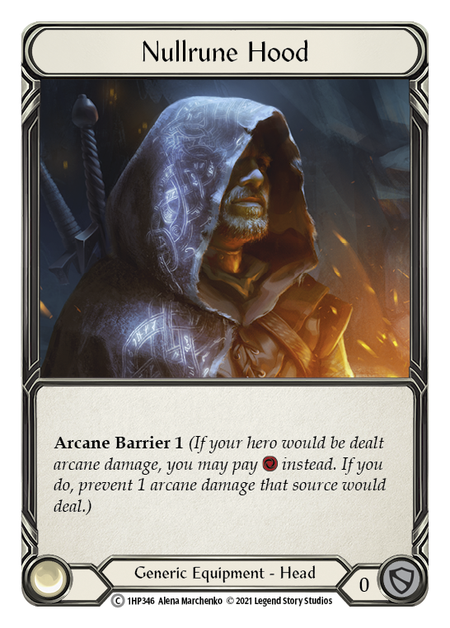
It's easy to give an example of this by way of arcane damage. When you see that your opponent is playing a Wizard, you'll want to adjust your equipment in favor of Arcane Barrier. Further, you'll probably side out the cards you've included for physical defense. Any defense reactions you draw in a matchup vs. Kano are simply dead weight.
Cards that are generally considered to be sideboard cards tend to fall into one of four groups:
- Flex weapons and equipment, like the obligatory Arcane Barrier: 1 most classes tend to run to fend off Runeblades, or Sledge of Anvilheim to shift your Guardian toward a more aggro plan when you have to race.
- Defensive tools like Sink Below, Unmovable, and Eirina's Prayer/Oasis Respite to stymie aggression or try and fend off dominated attacks or problematic on-hit effects.
- Offensive tools, like Command and Conquer, Erase Face, and many others- strategic counters that either demand blocks or disrupt the opponent.
- Tech cards is really just the miscellaneous group for cards that don't fit any of the previous categories. These cards perform very specific roles, sometimes as simple as "6-power attack to pop Phantasms".
Sideboarding in Blitz
We'll begin with the simpler topic of Blitz, where sideboarding is only available via 11 dedicated weapon and equipment slots. This ensures that players have enough room to pack more specialized equipment to provide arcane protection via Arcane Barrier or Spellvoid, or even more niche options like Gambler's Gloves to protect themselves against Kayo.
While this setup ensures that players have ample room for the equipment they need, it also shifts priorities when it comes to deckbuilding and gameplay. These priorities can be distilled into two main points:
- Dealing damage in Blitz is worth roughly twice as much as in CC.
- You can't remove cards that are awful in a specific matchup from your deck.
Damage being more important means that your equipment suite's defensive value is arguably more important than in CC. It also means that a higher premium is placed on making sure as many of your cards block as possible. Blitz games generally being shorter also means that powerful one-time effects gain value as well, which is why you'll see a lot more Spellvoid equipment out of the aggressive decks when they face Wizards instead of running a bunch of Arcane Barrier.
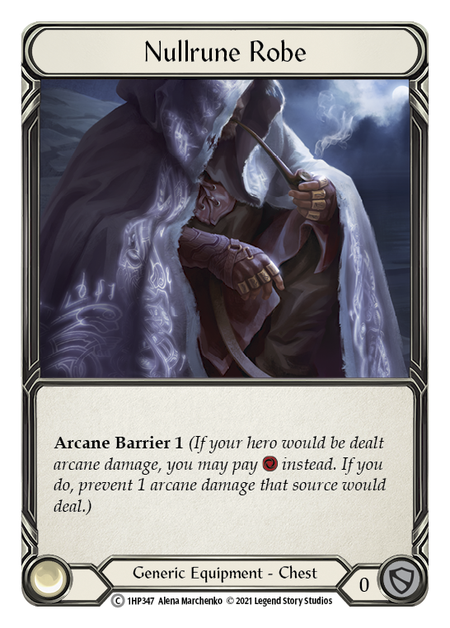
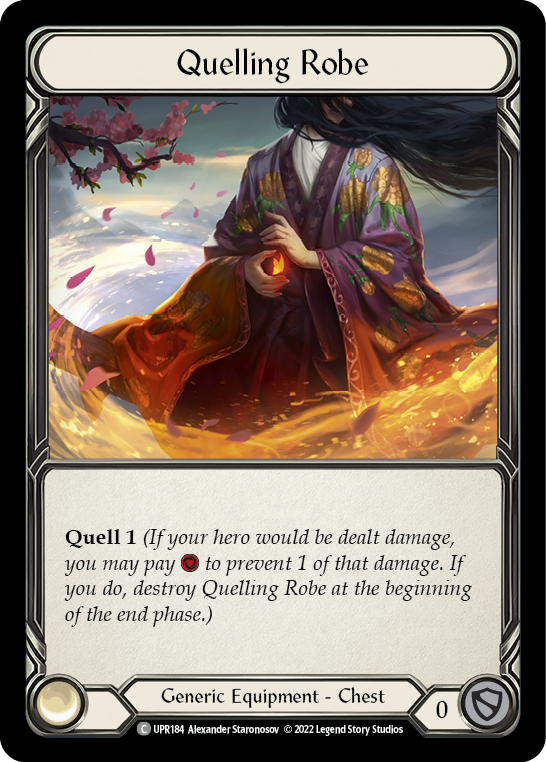
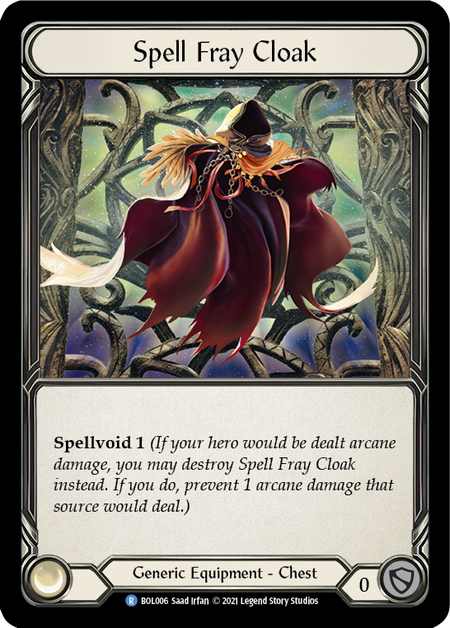
Cards that are customarily sideboard inclusions are tougher to justify playing in Blitz. Red Unmovable is a pretty terrible card to have in hand against Wizards, and red Eirina's Prayer is similarly awful when facing down Guardians and Warriors. When you can't remove the bad cards, versatility becomes the name of the game, so cards like Oasis Respite get the nod as they’re not dead against any damage type.
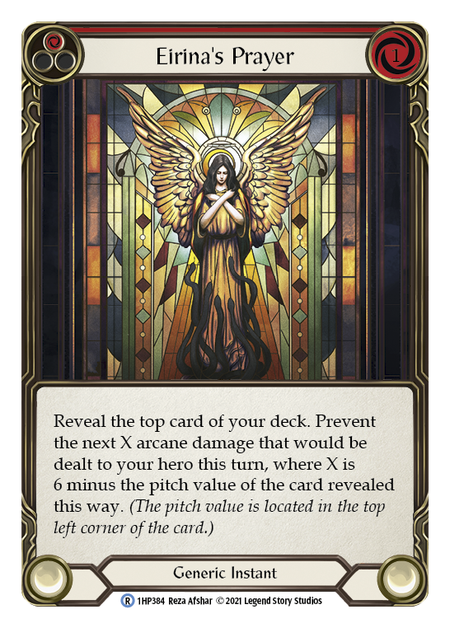
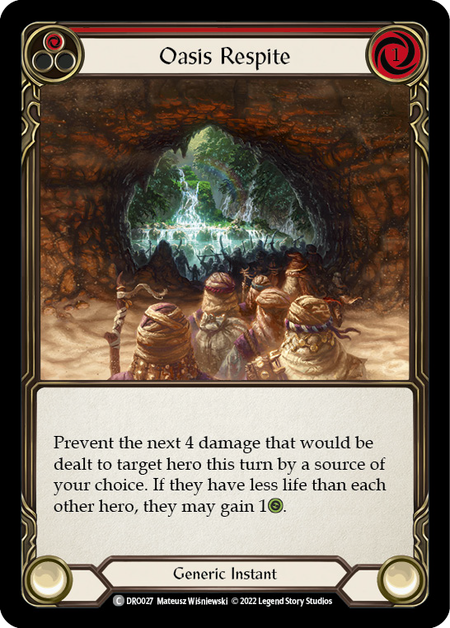
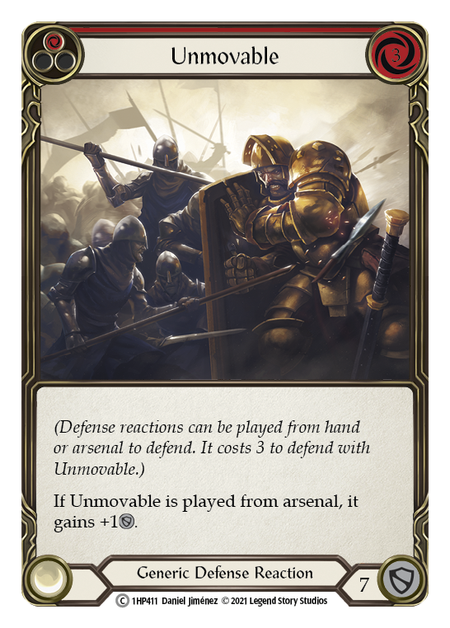
Sideboarding in Classic Constructed
In Classic Constructed, players are allotted 80 slots to figure out what equipment suite and non-equipment cards they want to wield alongside their hero.
Before the game begins, players reveal their respective heroes, determine which player will be going first, and then they go about selecting their final loadout for the game, finally presenting a minimum of 60 cards as their deck. Because of this, you can present your optimal 60+ cards for every game and match. But how do you know what the best 60 cards are for a given matchup? That depends on a number of factors, and brings me to the easiest (and most obvious) rule of sideboarding:
Cut the Bad Cards
The first thing you want to do is make sure you take any duds out of your deck for a given matchup.
Unmovable and Sink Below against Kano? Cut 'em. Defense reactions are all but worthless against Wizards.
Command and Conquer and Consuming Volition against Oldhim or Briar? Gone. Command and Conquer isn't good against heroes who can just activate Crown of Seeds to save their arsenal card from being destroyed.
Timesnap Potion against Fai? No thank you. An aggressive deck like Fai doesn't give you breathing room to play out an item, and it doesn't even block.
Argh... Smash! against any non-Mechanologist? Hard pass. It generally does nothing against anyone else.
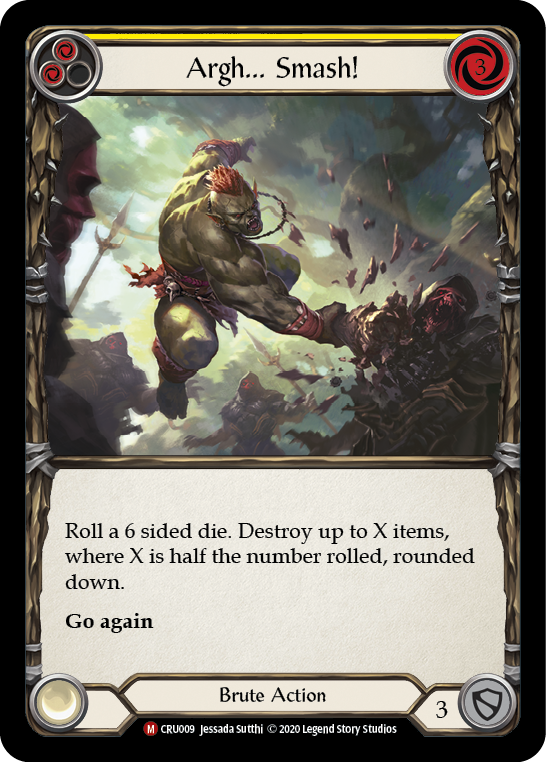
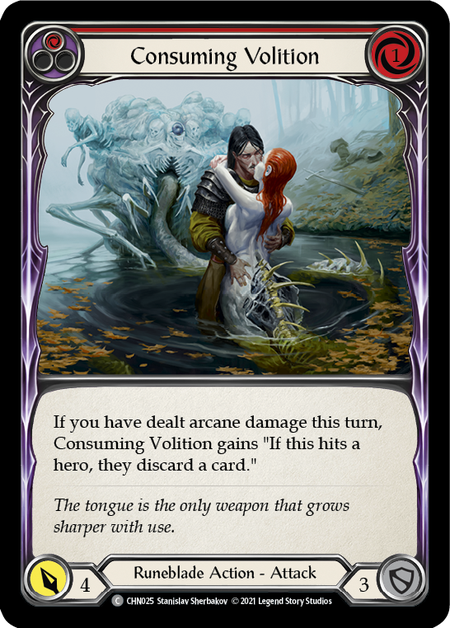

It's easy enough to spot the cards that are very bad in a particular match up, but beyond that it gets a little trickier.
Sideboarding Against Aggro
If you are facing an opponent who is trying to be the aggressor, the options you have for repelling them depend on your own plan of attack. Are you also an aggressive deck? If so, are you on the faster aggro deck? If you are a more defensive or controlling deck, are you trying to fatigue the aggressor, or are you trying to quash the aggression via brutal on-hit effects?
If you are also on an aggressive deck, then you want to start with the best 60 cards for enabling you to win the race. A Fai with both Fyendal's Spring Tunic and Flamescale Furnace in their deck should likely choose to run Furnace for the extra defensive value, since the game isn't likely to last long enough for Tunic to provide adequate value to offset the extra defensive stats.
If you're the faster deck, you should play to your strengths, and keep your deck streamlined to kill the opponent as quickly as possible. It's fine to bring in a few cards to help you out against specific opposing heroes, but it's important not to dilute your primary strategy.
If you are a midrange or control deck, your emphasis should be on-hit effects, defense reactions, and other effects to tax or otherwise slow them down. Most successful aggressive decks go wide as opposed to tall, so things that stop or prevent go again are at a premium, like Spinal Crush, Red in the Ledger, Hypothermia, Fog Down, and Signal Jammer.
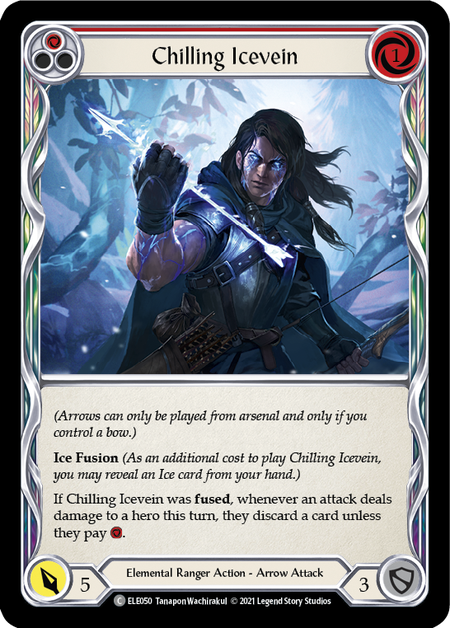
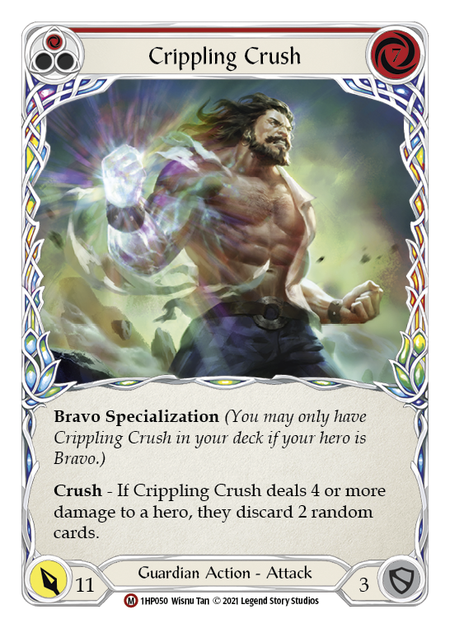
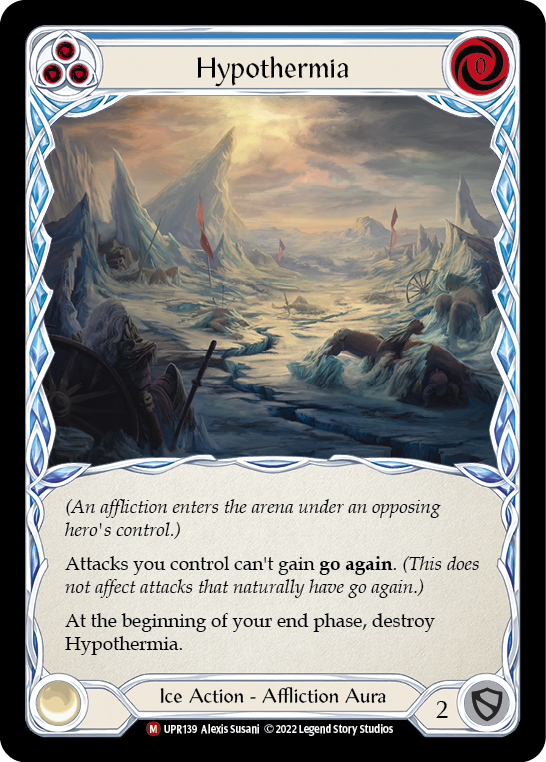
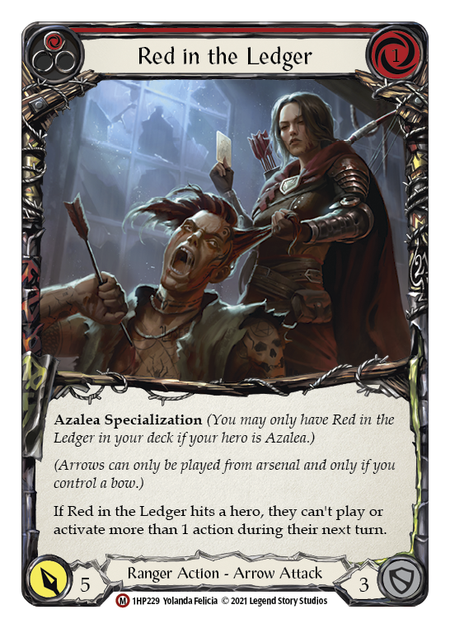
Most aggro decks' potential damage output also scales exponentially based on the number of cards in hand, so playing cards that guarantee cards come out of your opponent’s hand are great. Crippling Crush, Consuming Volition, Chilling Icevein, Tear Asunder, Reek of Corruption, and even Pummel are all great for preventing opponents from playing 4- and 5-card hands. Taxing your opponents for doing many things in turn is another great option, the chief options for this being Channel Lake Frigid, which taxes resources, and Remorseless, which taxes life.
Sideboarding Against Control/Fatigue
Playing against a fatigue opponent is a much different conundrum that fighting aggression. Opponents who are attempting to fatigue are relying upon having strong defenses and reusable resource sinks to generate advantage via cards in deck, eventually winning by you running out of cards in your deck. These strategies tend to play defensively, and as such are susceptible to opponents who can either put out damage too far above the normal rate (Briar, Fai) or aggressors who can consistently prevent them from blocking (#brutenation).
Aggressive decks playing into control or fatigue decks need to make sure they're actually getting something for burning through cards in their deck. As such, it is not uncommon for these decks to have a few more "off" turns throughout the course of a game, where they choose to prioritize getting a good card into arsenal rather than fully stripping the opponent's hand. Fatigue decks also play higher counts of defense reactions, so Command and Conquer and Exude Confidence can allow players to sidestep those cards somewhat and sneak damage through.
It's also very much worth noting here that you can play more than 60 cards! If your whole board is just 15 extra attacks to help you not get fatigued, there is nothing stopping you from playing 75 cards.
If you're a midrange or control deck yourself, this is where things get interesting. Two slower, more defensively-oriented decks are likely to have less ways to force through damage, which means that it will come down to who can use their resources most efficiently to end the game with just enough of a tempo advantage to force their opponent to block out the remainder of the game.
Pitch stacking is an important part of this equation, as the second cycle of cards are where players can set up a few huge turns that can take the tempo and/or life advantage from their opponent. Some control decks have certain tools for inevitability, like Dash and Iyslander. If Dash is able to set up her array of items against a slower deck, she will quickly run away with a game. On the other hand, Iyslander can spend her first cycle getting her trio of Frost Hexes into play, and on the second cycle can line up an Ice Eternal turn to OTK the opponent.
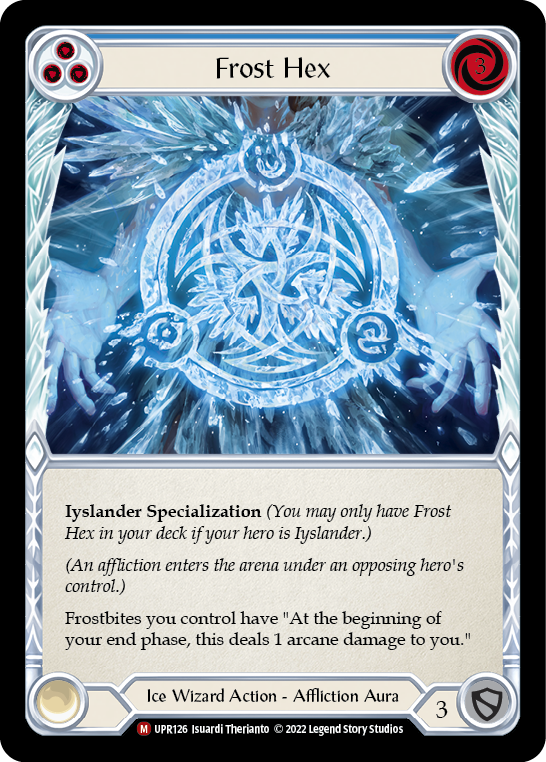
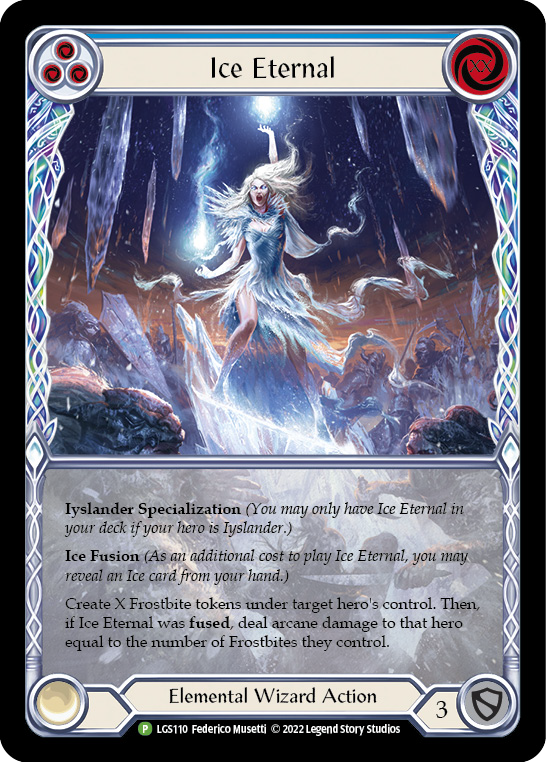
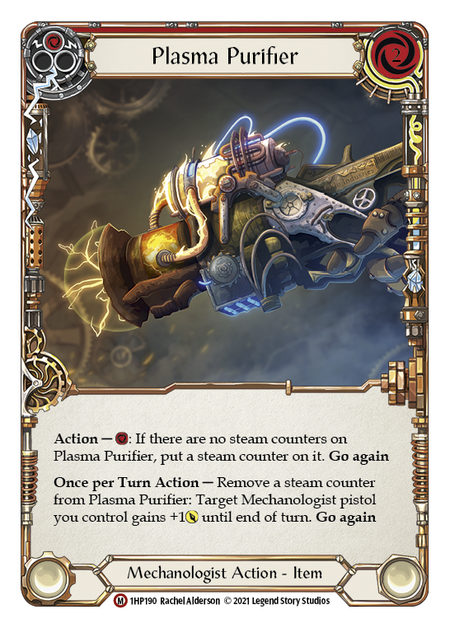
Most heroes don't have quite this level of inevitable late game potential though, so in games where cards in deck is a as relevant as life totals, cards like Remembrance can give you a major advantage. Bravo, Showstopper loves to reload his deck with extra Crippling Crushes when he's facing a battle of attrition. Some classes also have cards that perform a similar function, such as Rites of Replenishment, Pulse of Candlehold, Drowning Dire, and Herald of Rebirth.
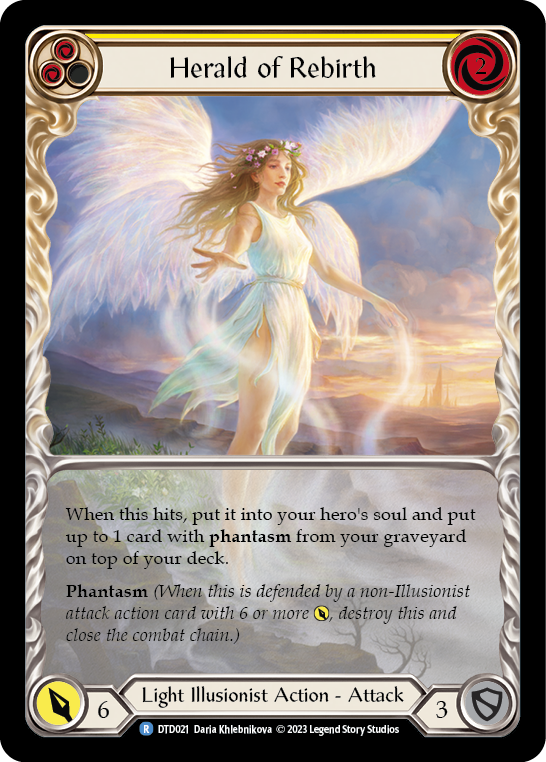
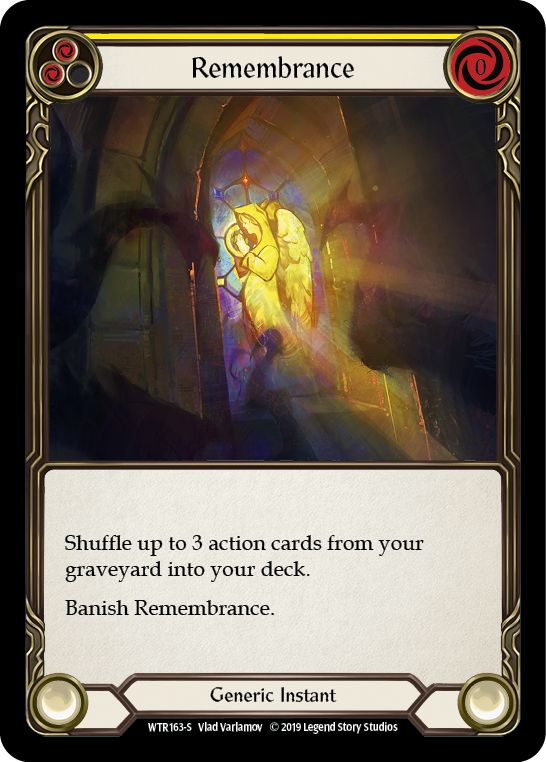
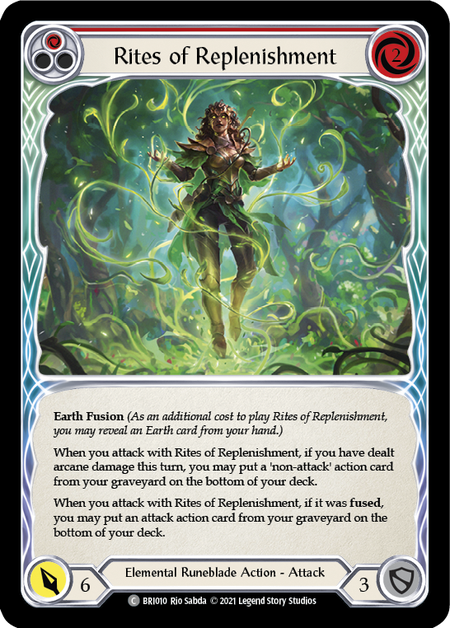
There are other cards that play along this axis as well, like Evergreen, Salvage Shot, Rotary Ram, and Timekeeper's Whim. These cards present offense while allowing you to conserve cards in deck. If we ever end up in a fatigue-heavy meta, these kinds of cards are all going to see a spike in play.
Targeting a Specific Meta
While many players enjoy fresh, new formats with an undefined meta where anything could be viable, formats with a clearly defined meta provide an interesting opportunity in deckbuilding. When Starvo was still legal, Aura Prism rose to prominence as his strongest counter. With Starvo and Prism each doing some of the most objectively powerful things in the format, they determined the terms of engagement for CC at that time, with only Skeleta Viserai and Chane able to consistently rise to the challenge. If you wanted to be successful in the format, you needed to not be KO'd by the first dominated Crippling Crush for 13 or be cold to Prism's aura spam. Inevitably, the meta homogenized around these two heroes, which was evident in the sideboards for each.
Transformational Sideboards
Transformational sideboards eschew the norm for sideboards. These sideboard plans completely transform the game plan of the deck, allowing it to take very different approaches depending on the opponent.
Hybrid Viserai, before the Skeleta ban amidst the Cheerios Briar meta, is arguably the most notable CC deck with a transformational sideboard. The meta had become primarily the battle of hyper-aggressive Briars and Oldhims that were trying to fatigue them. Viserai was able to capitalize on this meta by playing a semi-OTK tempo gameplan against Briar, looking for a window to explode with Bloodsheath Skeleta + Sonata Arcanix to create a massive life swing and tempo advantage, while employing a dedicated OTK strategy vs Oldhim, utilizing Runeblood Barrier and extra copies of Read the Runes to build up 20 or more Runechants before going off with Sonata, often for 60 or more damage in a single turn.
Beginning to Board
This overview should give you the foundation to understand your aims when sideboarding- but truly it's an evolving element of the game that hasn't reached its outer bounds yet! To begin, simply focus on the basics: what cards are no good for me in this match, and what additions would improve it? You can start by building a sideboard solely around whichever deck beat you last week- come back next time with a plan to improve your deck against them! Once you've seen what a difference it makes, you'll never go back.


